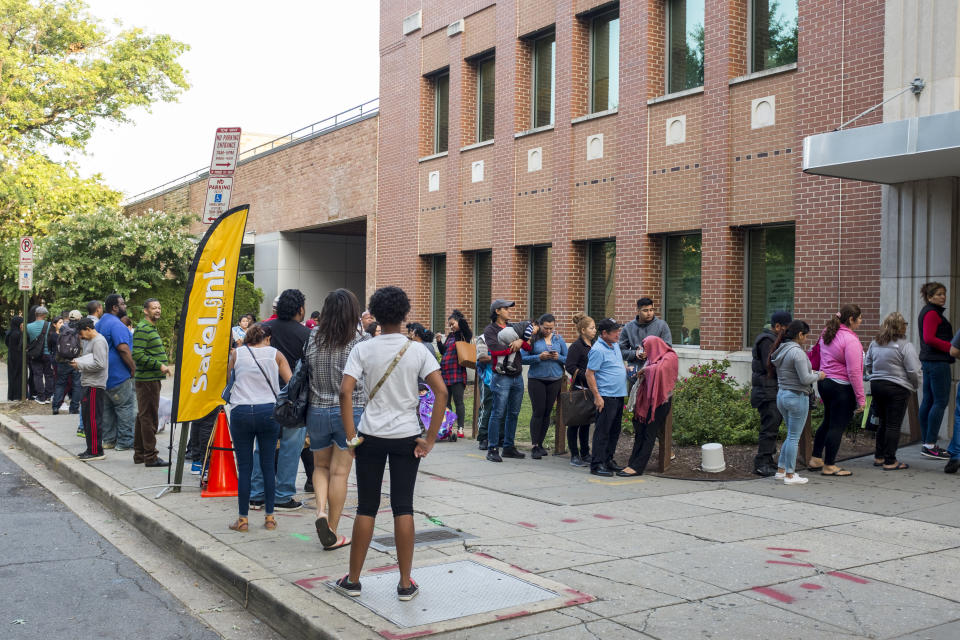USDA says strong jobs report supports cutting food stamps

As the U.S. economy added far more jobs than expected in November and the unemployment rate fell to 3.5%, a 50-year low, the head of the U.S. Department of Agriculture (USDA) used the blockbuster jobs report to push Trump administration’s controversial plan to cut food stamp benefits.
“Today’s jobs report is further proof that now in the midst of the strongest economy in a generation, we need everyone who can work, to work,” said Secretary of Agriculture Sonny Perdue in a statement on Friday. “We need to encourage people by giving them a helping hand but not allowing it to become an indefinitely giving hand.”
Published on Wednesday, the proposed tightening requirements for the Supplemental Nutrition Assistance Program (SNAP) could cut 688,000 able-bodied adults with no dependents from food stamps, according to the agency’s latest estimate. Currently, over 36 million Americans receive SNAP benefits.
To be eligible for SNAP, adults need to work 20 hours per week to receive over three months of benefits within a three-year span. Many states waive that requirement in areas with high unemployment. The new proposed rule requires states to adopt narrower criteria to waive the work requirement, stating waivers only apply to areas with an unemployment rate exceeding 10% or a lack of sufficient jobs.
The narrowing qualifications for SNAP are part of the administration's broader effort to limit access to the federal food welfare program, with two others in the works, that aim to cut $4.5 billion in funds from SNAP over five years.
Risk of encouraging self-sufficiency
In the November jobs report, the labor-force participation rate dropped to 63.2% after hitting a six-year high in October. The share of workers in their prime working years (between the ages of 25 and 54) with a job held steady from last month.

The data shows prime-age employment rate hasn’t grown much in 2019 and is still below the peak in the early 2000s. The periods of economic expansion in the past two decades haven't been strong enough to offset the decline in demand for workers during recessions, according to Indeed Hiring Lab research director Nick Bunker.
While the USDA argues the changes could move more able-bodied adults ages 18 to 49 who currently receive SNAP benefits “towards self-sufficiency and into employment”, some lawmakers and nonprofits are concerned the way it tightens eligibility requirements for individuals could exacerbate the struggles of millions of low-income groups.
The new rule is set to take effect on April 1, 2020. If the recession hits next year, after the 10-year economic expansion, there could be more uncertainties for job seekers.
“In a strong and growing labor market, recipients of programs like SNAP might be able to find a job fairly quickly. But if the economy heads into a recession, these people will very likely find getting a job quite difficult,” said Bunker.
Krystal Hu covers tech and China for Yahoo Finance. Follow her on Twitter.
Read more:


